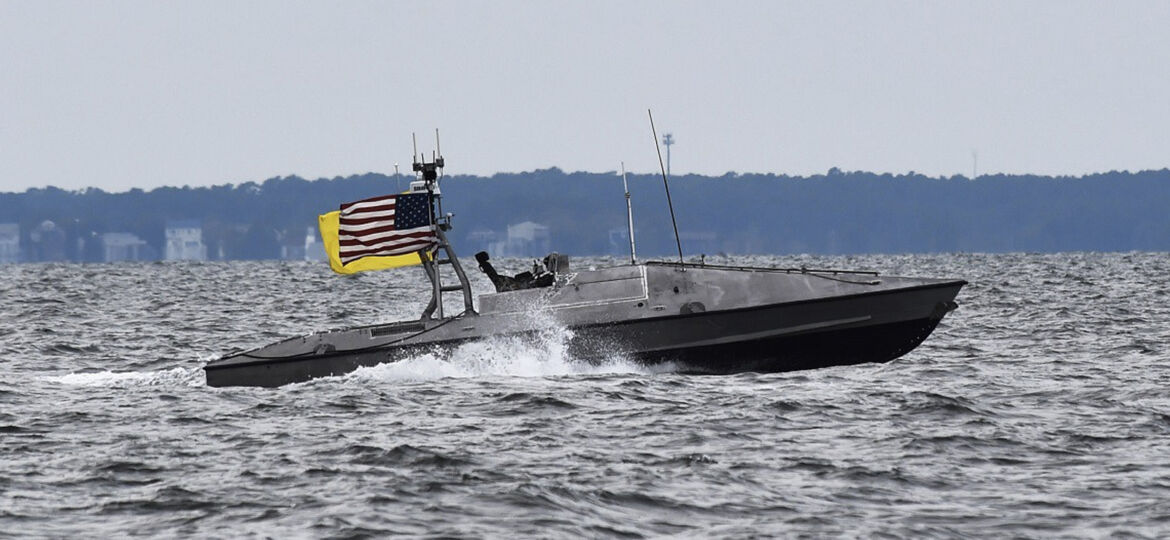
WHY THIS MATTERS IN BRIEF
Military leaders are increasingly using autonomous drones, robots and platforms to assess, defend and engage targets around the world.
The US Navy’s Office of Naval Research (ONR) recently showed off the progress it’s making in the area of robotic warfare with a demonstration of how its new autonomous “Swarm boats” can patrol and secure harbor approaches. The swarm of rigid hull inflatable boats (RHIB), which are equipped with the latest version of the agency’s Control Architecture for Robotic Agent Command and Sensing (CARACaS) technology patrolled the reaches of lower Chesapeake Bay, Virginia with only remote human supervision as they coordinated actions to intercept and evaluate targets on the water.
This isn’t the first demonstration of autonomous maritime technology for ONR. In 2014, the James River in Virginia played host to a small fleet of CARACaS-equipped RHIBs that were able to use a combination of off the shelf sensors, software, and control mechanisms to operate autonomously under the supervision, but not direct operation, of a sailor in a remote location. Without human intervention, 13 robotic boats were able to operate in synchronization with one another, navigate to their intended locations, and swarm “enemy” vessels while escorting or guarding Navy warships.
This time, ONR set out to do something more ambitious. Instead of guarding one ship or escorting it in transit, the robotic boats were set the task of harbor approach defense – a much more complicated job involving keeping an eye on large expanses of open water, shorelines, and shipping lanes. According to the ONR, this is dull, dirty, and dangerous work that’s also very expensive to carry out with human sailors, so robots are an ideal solution.
ONR’s demonstration required the swarm boats to coordinate to a much higher degree than previously, employing new robotic behaviors, tactics, and more advanced visual automated vessel classification. ONR says the swarm boats had to seek out unknown vessels, intercept them, classify them as harmless or suspicious, and do so with the assistance of other robotic boats, which aided in tracking and trailing. In addition, the remaining swarm boats had to fill the gaps left by the intercepting vessels to carry on with the patrolling as well as sending updates to the shore supervisor.
“This demonstration showed some remarkable advances in autonomous capabilities,” says Commander Luis Molina, military deputy for ONR’s Sea Warfare and Weapons Dept.
“While previous work had focused on autonomous protection of high-value ships, this time we were focused on harbor approach defense. This technology allows unmanned Navy ships to overwhelm an adversary. Its sensors and software enable swarming capability, giving naval warfighters a decisive edge.”
















